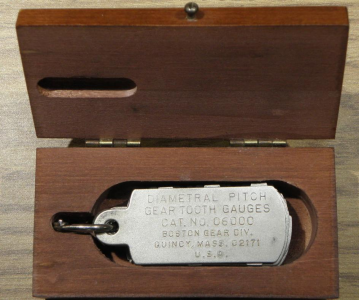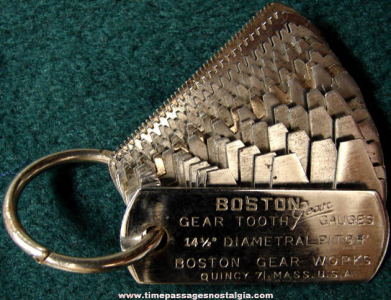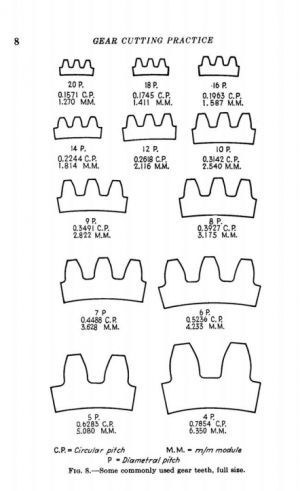- Joined
- Sep 10, 2013
- Messages
- 562
Hi All.
I am in need of a brass .250” 9 tooth spear gear for a RV auto pointing over the air dtv antenna drive. The gear that is on it a plastic gear and it has a few deformed teeth that locks it up when pointing. The antenna is 300.00+ usd to replace and this antenna. This is out of warranty of coarse and is the 3rd one that I have had on the RV. We only watch tv for local weather and news when traveling so can’t see dropping another $300+ for another one. I don’t have a clue on how get the specs on this gear and the company won’t give that info out. So I have 90:1 rotory table and hss bits I can grind a cutter I think. I have only repaired gears not sure of making one. I think brass will work better than a plastic gear an this seams to be a problem with the teeth deforming.
Any help is appreciated and thanks.
CH
I am in need of a brass .250” 9 tooth spear gear for a RV auto pointing over the air dtv antenna drive. The gear that is on it a plastic gear and it has a few deformed teeth that locks it up when pointing. The antenna is 300.00+ usd to replace and this antenna. This is out of warranty of coarse and is the 3rd one that I have had on the RV. We only watch tv for local weather and news when traveling so can’t see dropping another $300+ for another one. I don’t have a clue on how get the specs on this gear and the company won’t give that info out. So I have 90:1 rotory table and hss bits I can grind a cutter I think. I have only repaired gears not sure of making one. I think brass will work better than a plastic gear an this seams to be a problem with the teeth deforming.
Any help is appreciated and thanks.
CH




